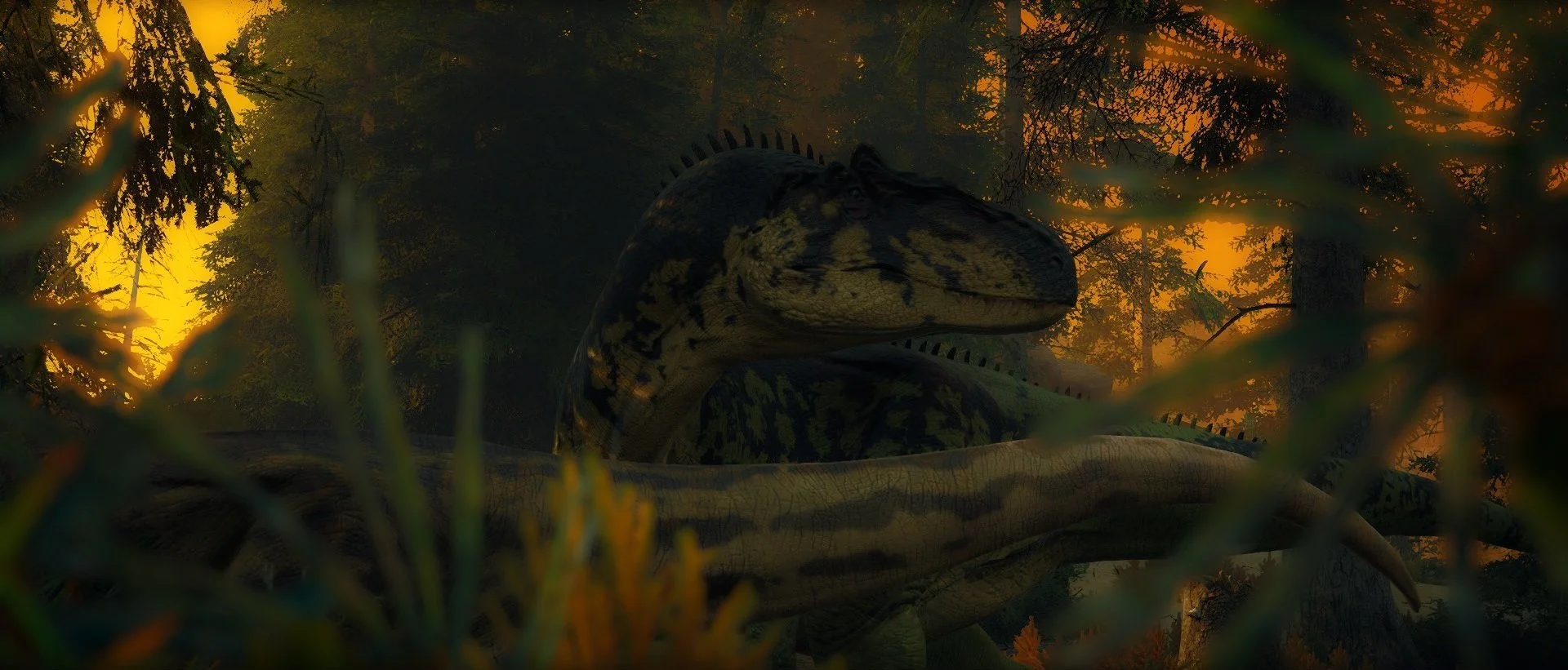Sachicasaurus
Tier: 6
Type: Aquatic carnivore
Passive growth time: 7 hrs 18 min
Pod size: 2 sub adults/adults, 1-2 juveniles/adolescents
Hierarchy: Patriarchal
Mating bond: Ambiamorous
Nest size: 1-2 offspring per pair
Diet tags: Piscivore, carnivore, cannibalistic & non scavenger
Preferred food: Fish, Tier 1-7 herbivores & carnivores
Species specific rules: Must contest other aquatic apexes for the body of water in the POI.Behavior
This large Pliosaurus is known for its bone crushing jaws and strong body. These aquatic carnivores are known to swim long distances in deep waters, constantly looking for new hunting grounds and migrating between old ones. A lone Sachicasaurus is a silent hunter, but while moving in pairs they communicate with these deep low frequency vibrations.
Recommended behaviors
╸Lone females or female pairs will often take in stray juveniles.
╸Sachicasaurus will not stay in one area for longer periods of time.
╸Adult Sachicasaurus prefer to swim at the edges of reefs and between batches of seagrass, juveniles often hide under reefs and look for shelter between rocks and inside sea caves.
Mating
When Sachicasaurus enter mating season, their swimming patterns and routes change, both sexes will start to swim towards the southern coasts of Gondwa. When the males all arrive, they will slowly swim around, looking for females. The strongest males will drive out the weaker, smaller ones out of the area before the strongest one starts to make an impression on the females. The male will slowly approach the female, swimming around her in circles. If the female starts warming up, she will start to swim around the area. If the male manages to keep up with her pace and stay by her side the entire time, she will lead the male away from the mating grounds and the pair will mate. A Sachicasaurus pair will spend the rest of their lives together, never again migrating to the south when the mating season starts.
Nesting & offspring
When the female is getting closer to giving birth to her offspring, she will start to become more aggressive, chasing off anything that could pose even the slightest threat to her young, even other stray juveniles. The female Sachicasaurus will find a secluded coral reef that she hides under to give birth to the offspring. The juveniles will have to immediately start to follow their mother which will leave the area soon after birthing to avoid any predators coming to investigate the smell of blood. Mothers are highly protective of their offspring and wont even let the male get too near to her young. As the time goes on and the offspring reach sub adult, the male will chase them away from the area. If the offspring refuse to leave and keep swimming back after the male has chased them away, the male will kill them.




